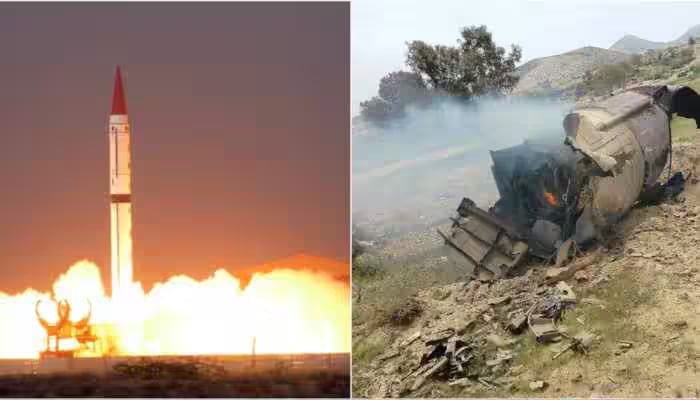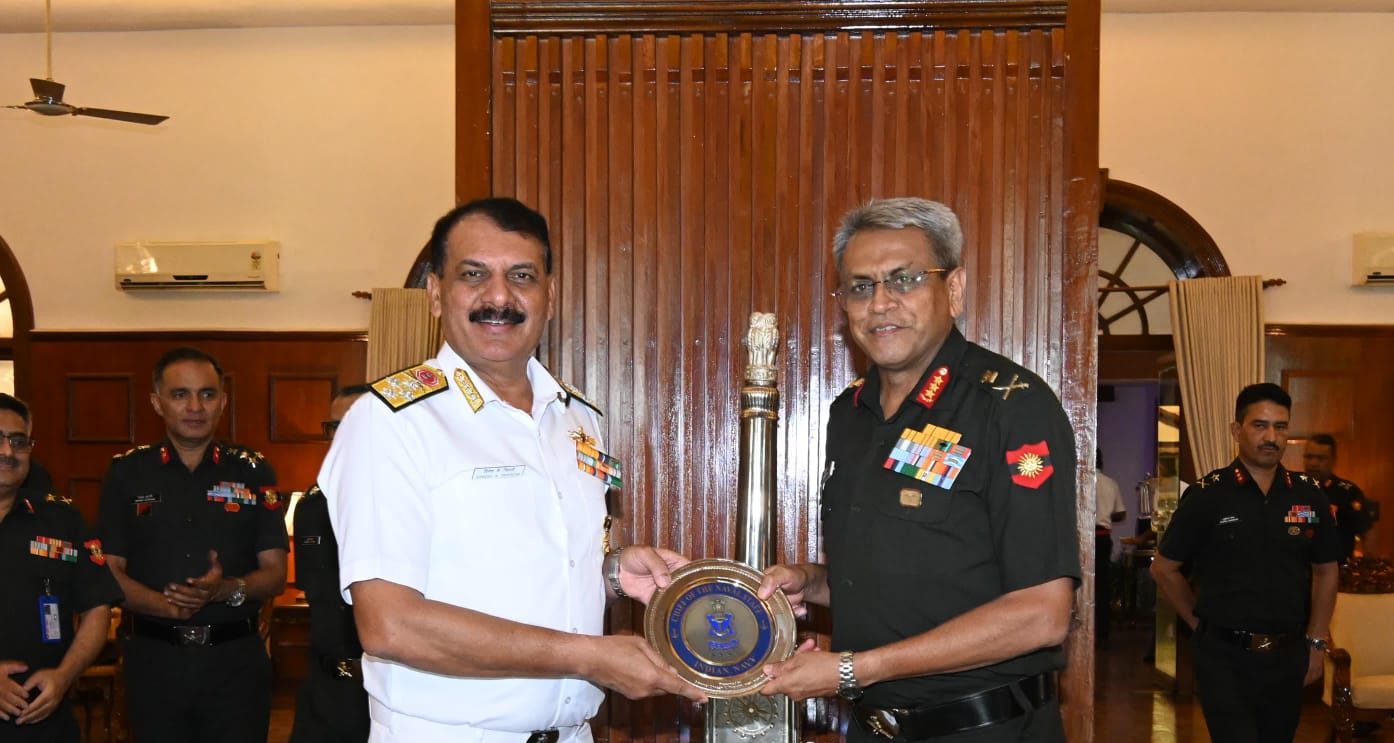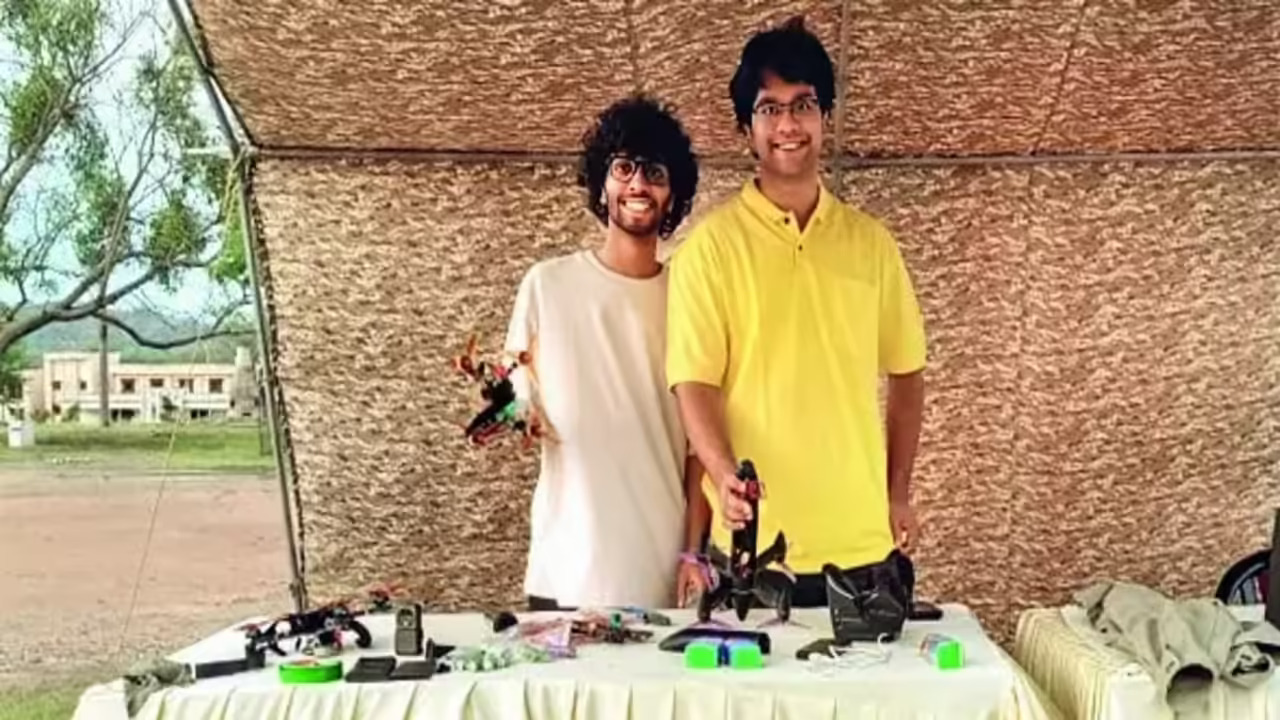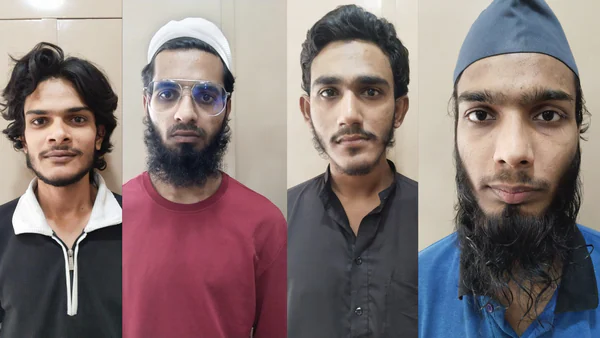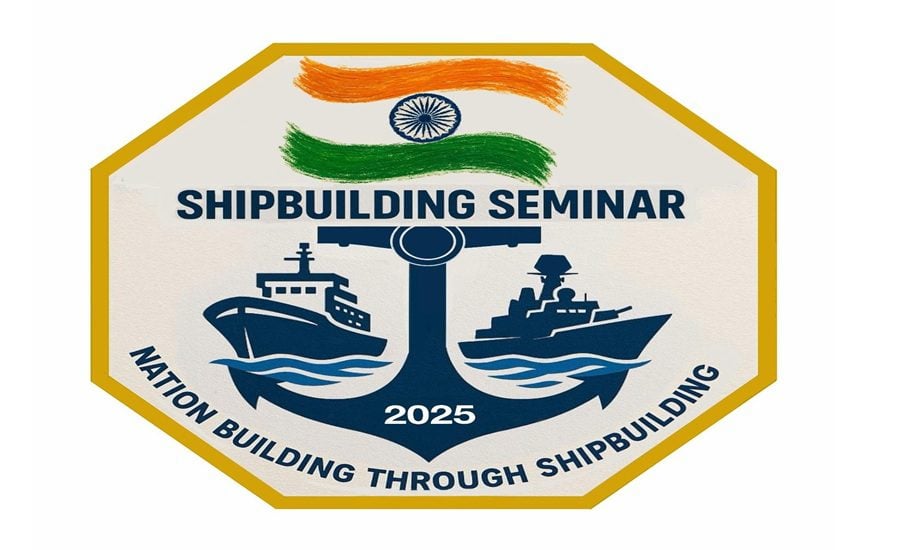Pakistan’s Shaheen-III Nuclear Missile Crashes Near Key Nuclear Site in Dera Ghazi Khan
A major disaster was narrowly avoided on Tuesday as Pakistan’s nuclear-capable Shaheen-III missile test ended in failure, with the missile…
Admiral Dinesh Kumar Tripathi Meets Lt Gen Anindya Sengupta in Lucknow to Boost Tri-Service Synergy
In a key move to enhance inter-service coordination, Admiral Dinesh Kumar Tripathi, Chief of the Naval Staff, met with Lieutenant…
Two BITS Pilani Students Build 300 kmph Kamikaze Drones in Hostel Room, Indian Army Starts Buying
In a groundbreaking achievement that blends youthful innovation with national defence, two 20-year-old engineering students from BITS Pilani Hyderabad have…
Al-Qaeda-Linked Terror Module Busted in Gujarat, Four Arrested by ATS
In a major counterterrorism breakthrough, Gujarat’s Anti-Terrorist Squad (ATS) arrested four individuals in Ahmedabad on Wednesday for their alleged links…
Indian Navy to Host Shipbuilding Seminar Celebrating 100th Indigenous Warship Delivery
The Indian Navy will host a landmark shipbuilding seminar titled "Nation Building Through Shipbuilding" on Wednesday at the Manekshaw Centre…
India Slams Pakistan at UNSC, Calls It ‘Serial Borrower’ and ‘Steeped in Fanaticism’
India strongly rebuked Pakistan at a United Nations Security Council (UNSC) debate on Tuesday, with its Permanent Representative to the…

